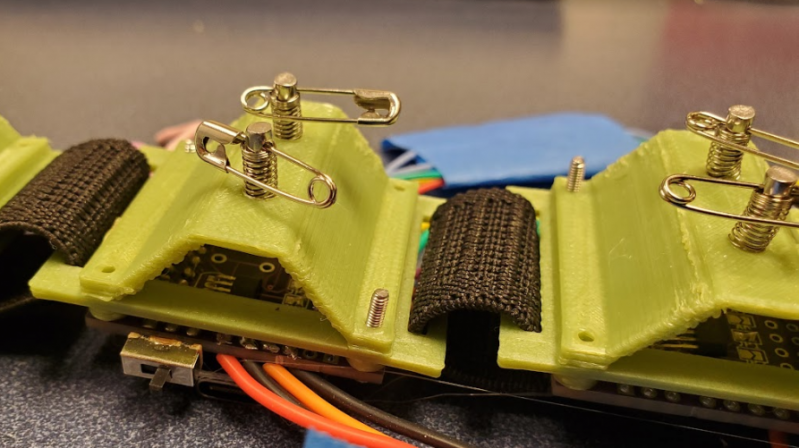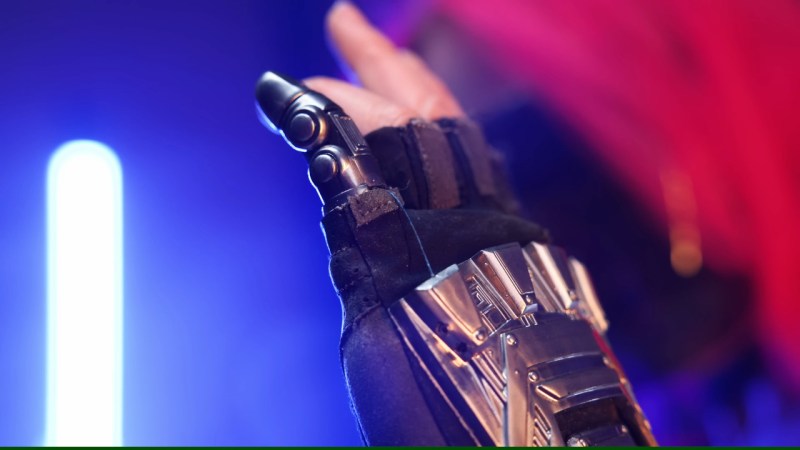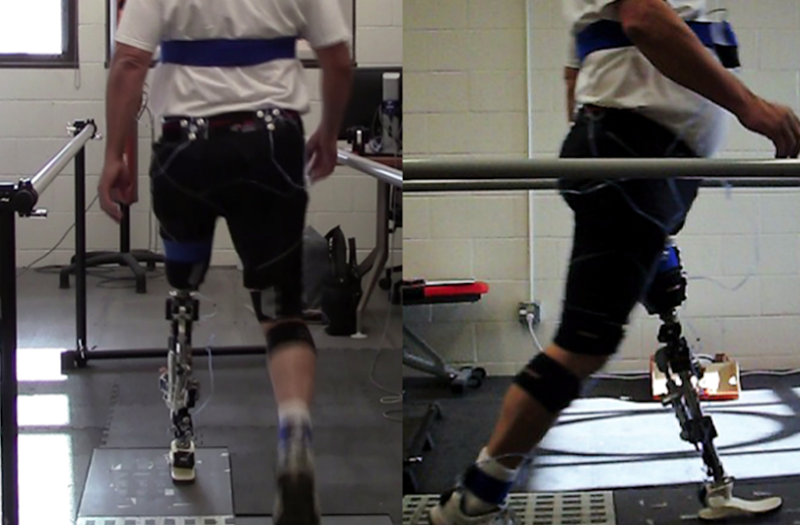Better Living Through Biomedical Engineering

We don’t often think of medicine and engineering as being related concepts, and most of the time, they aren’t. But there’s a point where medicine alone may not be enough …read more Continue reading Better Living Through Biomedical Engineering


